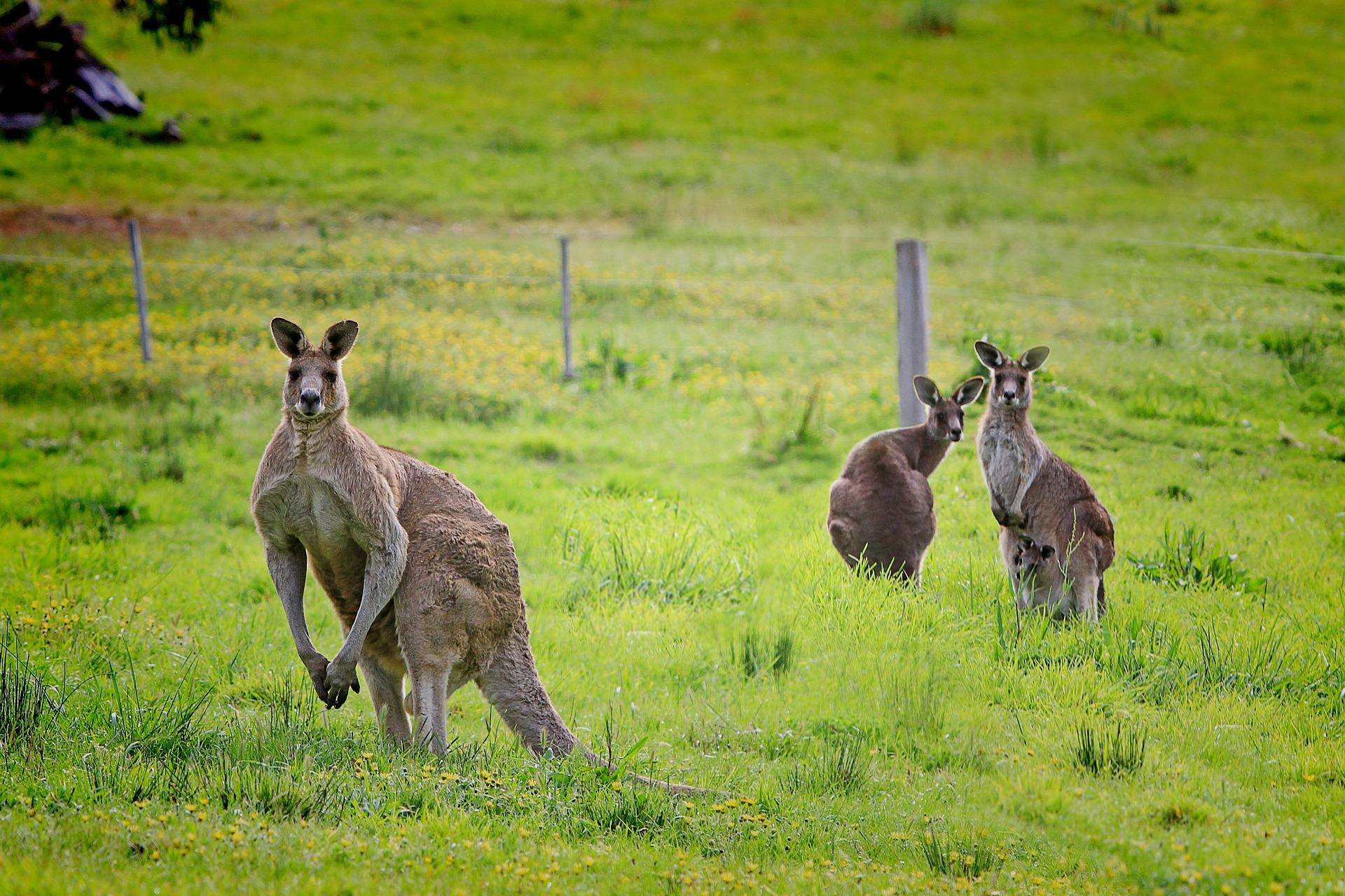- Researchers are testing the use of kangaroo tendons to fix ligaments in humans
- The University of Sydney and three industry partners plan to disrupt the billion-dollar ligament-replacement market.
- Kangaroo tendon is six times stronger than that found in humans.
Australian searchers are testing the use of kangaroo tendons to fix ligaments in humans.
Early proof of concept testing has shown kangaroo tendon is six times stronger than human cruciate ligament.
The University of Sydney and three industry partners plan to disrupt the billion-dollar ligament-replacement market with uniquely Australian materials for use in knee, ankle and shoulder ligament-replacement procedures.
The researchers will also manufacture and test 3D-printed biodegradable screws made from a ceramic material to fix the kangaroo tendons to bone.
About 15,000 primary anterior cruciate ligament knee reconstructions are done each year in Australia.
The project is being led by Bone Ligament Tendon (BLT) Pty Ltd and the Innovative Manufacturing CRC Limited (IMCRC), funded with $2.4 million cash invested by Allegra Orthopaedics.
Over the next three years, the project led by orthopaedic surgeon and head of BLT, Dr Nick Hartnell, will lab-test the two pre-clinical projects in tandem, with the intent to create a global supply opportunity through Australian medical and manufacturing innovation.
“Materials used in ligament reconstructions come from three sources: humans, pigs, and synthetic constructs, and each has drawbacks,” says Dr Elizabeth Clarke, who leads the kangaroo tendon-testing project with Professor Christopher Little, both of the University of Sydney.
The kangaroo tendon being tested as a future graft material was developed by Dr Hartnell, an orthopaedic surgeon and Sydney Medical School graduate. Its use in the project is covered by an Australian Provisional Patent owned by BLT.
“Kangaroo tendon has a similar composition to humans but is longer and has better mechanical properties, which makes it an exciting natural product that could be used in a range of surgical procedures,” says Dr Hartnell.
Kangaroo tendons used in the project will be salvaged from kangaroo tails and Achilles tendons discarded as waste from the kangaroo meat industry and annual culling.
“Synthetic graft materials provide a reproducible option for ligament replacement procedures, but have relatively poor performance due to material failures that result in debris being deposited inside a joint, which cause cartilage and synovial damage,” says Dr Hartnell.
Currently, the only non-human source of ligaments for use in ligament reconstructions comes from pig tissue. The short (3cm) length of pig tendon also restricts its use in human ligament reconstructions.
David Chuter, CEO and Managing Director at Innovative Manufacturing CRC Limited, sees Australia leading the way in developing and implementing new manufacturing models and technology.
“The delivery of the kangaroo xenograft with unique 3D printed screws as an off-the-shelf product would be a world-first breakthrough in the global orthopaedic medical device industry – developed and manufactured in Australia, using home grown materials and know-how,” he says.

